Guardian of the coastline

Espace Mer et Littoral.
Espace Mer et Littoral is a great little museum situated on the tip of the Cap just after the Hotel du Cap. It houses displays and information on marine wildlife and conservation and also has fantastic panoramic views from the top of la Batterie du Graillon.
Based on site is Didier Laurent who heads up Natura 2000 Cannes to Villeneuve Loubet. Natura 2000 is a network of nature protection areas in the territory of the European Union. It is made up of Special Areas of Conservation and Special Protection Areas designated respectively under the Habitats Directive and Birds Directive. The network includes both terrestrial and Marine Protected Areas. I could think of worse places than the Espace du Mer et Littoral to have an office.
I met with Didier to discuss the upcoming I Love Cap d’Antibes Picnic which will take place in the pine gardens behind the museum. He spoke so passionately about his work that I decided it would be nice to feature him on the blog.
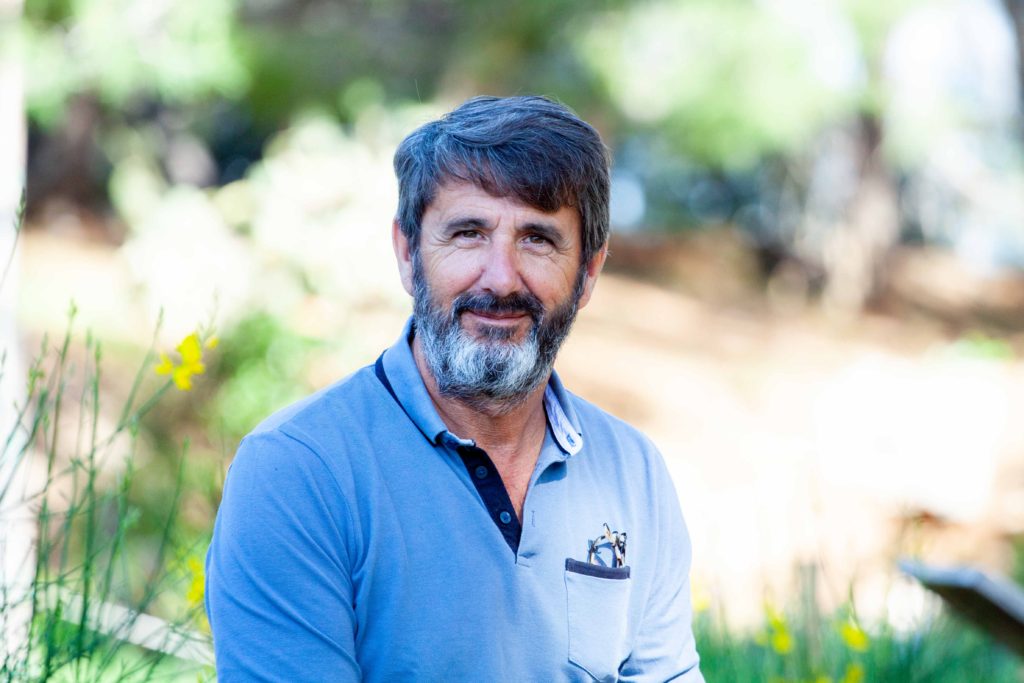
Where do you come from and what brought you to Cap d’Antibes?
I am environmental engineer working for the Commune of Antibes. I take care of the management of the Natura 2000 site “the Bay and Cap d’Antibes – Lérins Islands” (a site of 14.000 hectares which goes from Villeneuve Loubet to the Islands of Lérins) as well as sites of the Conservatoire du littoral du Cap. The sites includethe woods of Garoupe and the periphery of Cap d’Antibes from La Garoupe beach to the Battery de Graillon.
Could you tell me a little about the Espace Mer et Littoral and its history?
The battery of the Graillon is a former military site that was designed to monitor the bay of Golfe Juan. Golfe Juan is a very sheltered bay and therefore played a very important strategic role especially at the time of the sailing navy. In 2014, the Conservatoire du Littoral became the owner of this land and the buildings. They in turn handed over the management to the Commune of Antibes. It was then turned into a center of education focusing on the marine environment, the Sea and Coastal Space.
It is a site of 2.5 hectares of pine forests which hosts exhibitions and events allowing the public to discover the fauna and flora under the water around Cap d’Antibes. In the summer the public visit the site free of charge. We also offer activities such as kayaking or snorkeling along the coastline accompanied by a naturalist guide. In addition, Espace Mer et Littoral hosts a marine turtle treatment center run by the Marineland association. Since its creation in 2017, seven loggerhead turtles have been treated and released back into the sea.
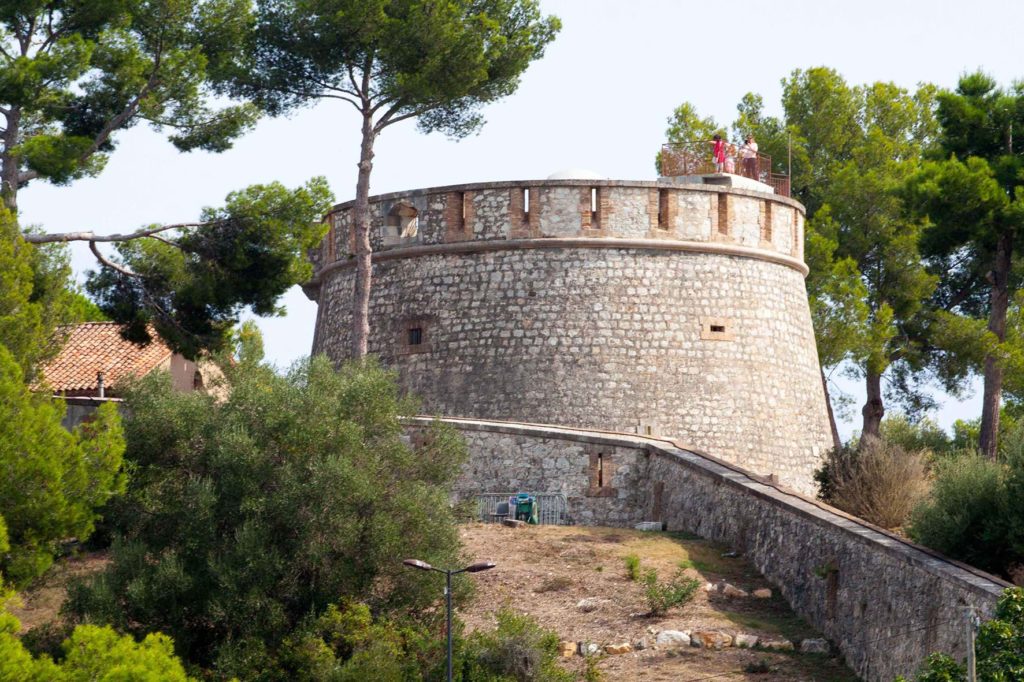
Can you tell me a bit about your role here?
I ensure the implementation of the action plan for the Natura 2000 site. Natura 2000 aims to preserve and enhance natural habitats. In fact, whether at land or sea level, Cap d’Antibes has a rich biodiversity. These include many protected species of animals and plants subjected to very high pressures due to human activities. In addition I also act as a guard of the littoral. Besides the management, I also exert powers of policing of the environment.
Describe a typical work day?
My missions require a good knowledge of the state of natural habitats whether terrestrial or marine. It is therefore essential that I carry out monitoring of the state of the species that populate the Cap. I make inventories and follow-ups in diving and on the terrestrial perimeter of Antibes town. This knowledge of the state of the natural environment allows me to propose, engage and follow actions of preservation or restoration of environments. For example, on the Cap we have created a series of islands for the protection of vegetation. At sea anchor buoys have been laid on the main dive sites in order to preserve the underwater world.
What are the main challenges of your job?
Ensuring the conservation of natural areas by reconciling the many activities that are practiced there (fishing and recreational hunting, water activities, stroll along the sentier du littoral, development, …)
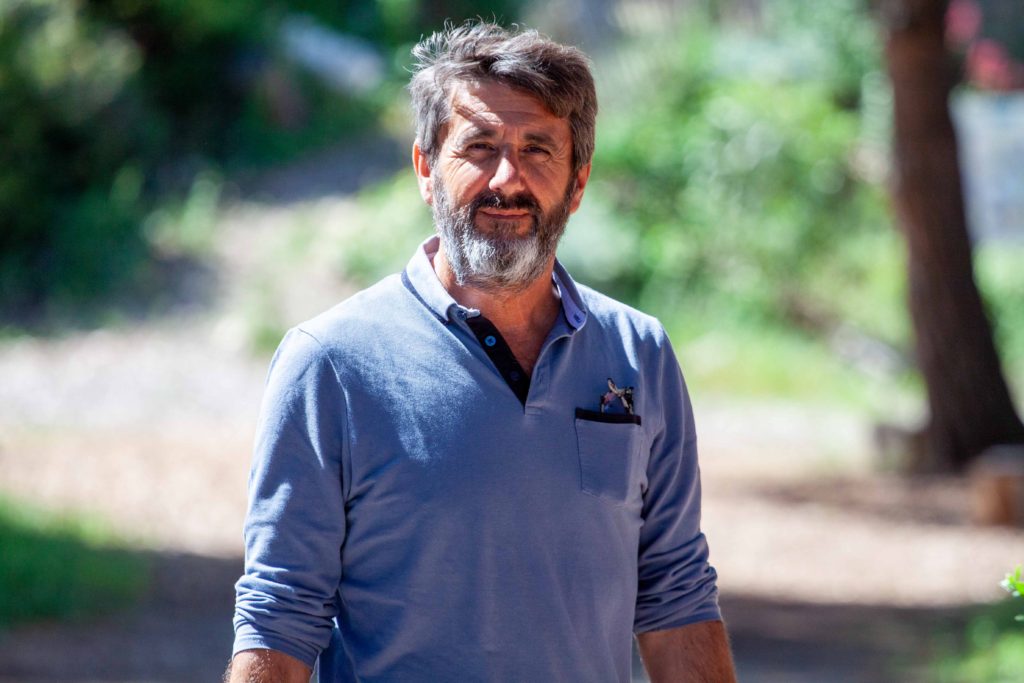
How has the biodiversity of Cap d’Antibes changed since your arrival here? Is it better or worse?
The Natura 2000 approach has made it possible, in the first instance, to carry out a precise naturalist inventory on the natural habitats and species found on the site and particularly in Cap d’Antibes. In parallel, a state of the pressures exerted on the natural environment has been put together.
These inventories made it possible to reveal the richness of the habitats: Posidonia meadows and coral reefs at sea, Characteristic flora along the coastal path and species of trees in Garoupe forrest. Based on this data, since 2014 the Municipality of Antibes and the Conservatoire have been able to set up an action plan. The plan is now beginning to bear fruit.
What are your main goals / projects for 2019/20?
In 2019 thanks to the French Agency for Biodiversity an important action of rehabilitation of the site was carried out consisting of removing 25,000 tyres immersed in the 80s to constitute artificial reefs. Four new anchorages for diving have also been laid.
For 2020 a major work was launched under the auspices of the Préfecture Maritime to control the mooring of large pleasure boats (+ 24 m).
Unfortunately when the large yachts drop their anchors they can irremediably ruin the Posidonia meadows on the sea bed. Controlling this is a priority of action on our site.
I have noticed a strong growth in Cap d’Antibes in recent years. What is the impact on the local environment? In your opinion?
Cap d’Antibes is a classified site which limits its development and constructions.
On the other hand, it is a victim of its own success. The Cap receives a large number of visitors each year. We have 440,000 visitors a year on the coastal path of Tire Poil.
It is necessary to accompany this growth by welcoming the number of visitors while preserving the natural spaces. It is these natural landscapes which make up the charm and the quality of our landscapes.
What do you like most about your job?
Its diversity between the field and the study and the chance to work in a remarkable space.
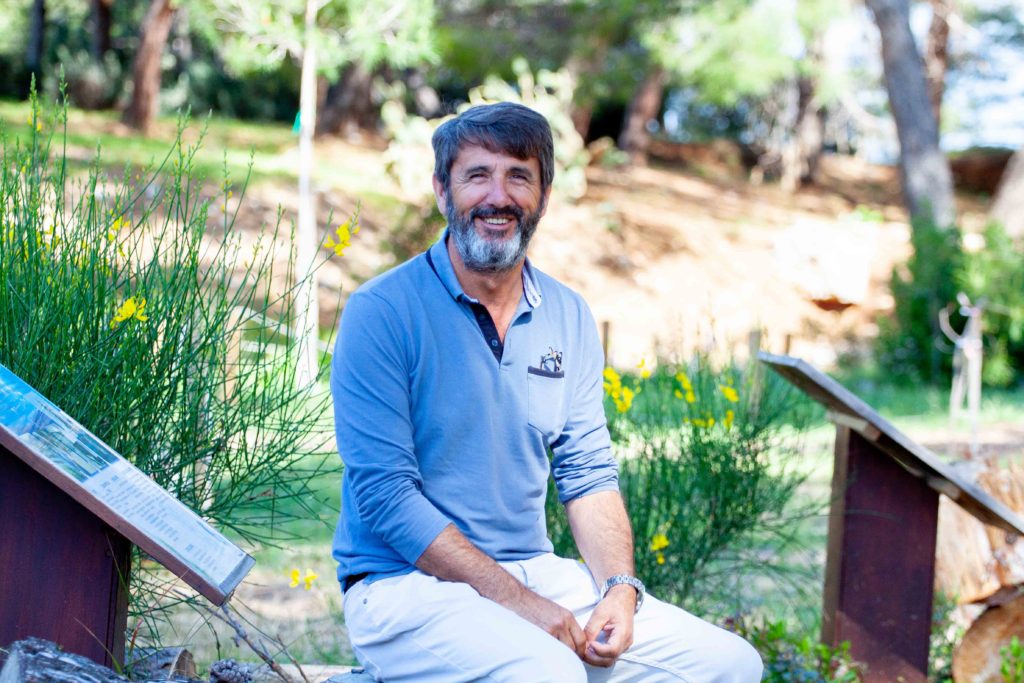
Why should people visit Espace Mer et Littoral?
The Espace Mer et Littoral Cap d’Antibes allows the public to discover, through exhibitions and animation, the rich underwater fauna and flora sheltered by the Cap. Underwater habitats are often unknown, because they are hidden from view by the water. Here visitors can learn about the hidden underwater landscape.
What do you like most about Cap d’Antibes?
The diversity of these coastal and underwater landscapes.
Do you have a favorite place on the Cap?
The small beach in the Baie des Milliardaires right at the end of Chemin de Tire Poil.
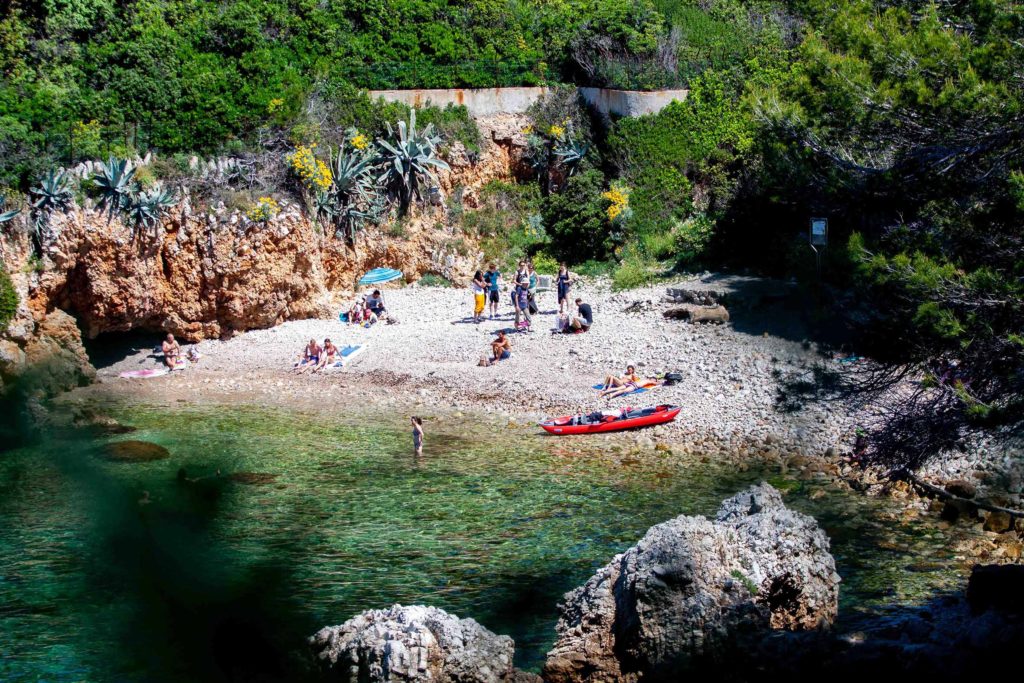
What do y0u think Cap d’Antibes will look like in 50 years?
Beyond the action of conservation programs it will depend on everyone. The Caps preservation also depends on individual actions: waste management, use of fire, respect of fishing periods, good practice of moorings.
The Cap has to be worth a few efforts by the public who use it. It is up to all of us to preserve this little piece of paradise.
Espace Mer et Littoral Cap d’Antibes is open to the public free of charge. Click here to go to the ‘Things to do’ post for further info.
To receive new interviews and updates on news and events on the cap sign up for the newsletter.